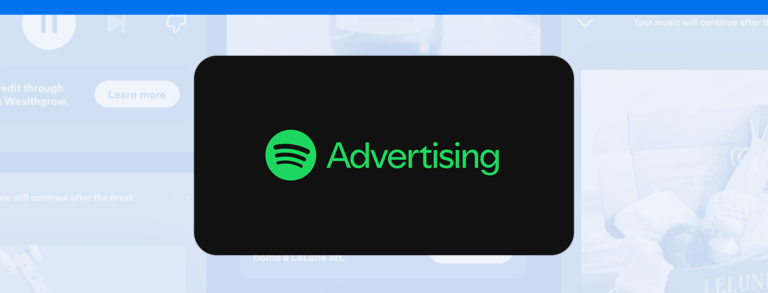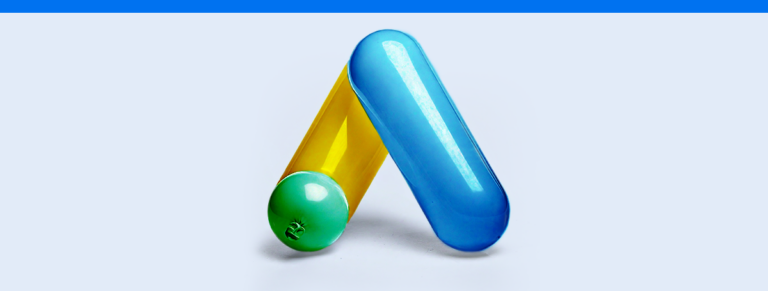An essential part of digital marketing reports

When using the space designed for analysis on Reportei‘s social media report, do you have questions about how to supplement the information that is already automatically provided by the platform?
Or not sure how to communicate the results to a particular more demanding customer?
If the answer is “yes” to the above questions, it is good to know that this is a fairly common situation. And there is no need to worry about it.
After all, each customer understands the data and engages differently with the project, requiring customization when communicating the specifics of each media.
That’s why we’ve put together four essential tips to help you organize your ideas and develop your notes objectively, communicating results as only as possible to your customers!
How does social media report analysis help with customer communication?
An extensive analysis of the social media report is the space the analyst has to incorporate his vision of the project and the results it presents to the customer.
Each media examined by Reportei provides the most critical metrics, but it is the analysis that carries the interpretation of these data.
With the results in hand, it is the opportunity for the professional to clarify to the customer/decision-maker what the most relevant information in the report is and what improvements it can offer for future actions.
As a result, the analysis generates a higher approximation between the parts involved and opens doors for building more effective communication with customers.
Also, analyst observations can be used to create a project history.
In Reportei’s case, embed the reports to the Timeline to access all the records you want without necessarily having to consult emails, spreadsheets, or other platforms to search for some information.
Four tips to make your analysis more complete and clear to the customer
We already understand that social media report analysis is a significant factor in improving communication with the decision-maker, right?
But now we need to know how to structure it so that it can achieve this goal and be able to convey the relevant information.
Keep reading and check out the four tips below to make your analysis more complete and objective for the customer!
1. Keep objectivity in your analysis
Objectivity is the main starting point for adding relevant information to social media report analysis.
After all, in Reportei, all metrics are already presented in a visually appealing and easy-to-read manner, which significantly simplifies verification by both the professional and the customer.
But it’s always worth remembering that each decision-maker has a different level of knowledge about digital marketing and may need more support to understand the results that are presented to him.
Therefore, it is up to you to give the finishing touch with an interpretation that includes the customer’s goals and needs from this data, wrapping it in all the details of the project progress.
To make your analysis even more complete, it is also valid to add other data, prints, and videos that customize the information and make the report more dynamic.
2. Avoid repeating report information
The social media report analysis is a space that allows the complementation of data that is already automatically imported and displayed in the Reportei template.
Therefore, when developing your notes, avoid repeating the numbers, and focus on giving information that explains why these results.
If the metrics revealed that the Facebook page reach or engagement was not so good at the end of the year, for example, then you can clarify in your words what factors were responsible for this fall and what might be done to improve this result next month.
3. Engage with your customer
One of the main proposals of the Reportei social media report analysis is to generate a dialogue with the customer and make them reflect on the information presented.
The report works not only as a means of reporting data but also as a relationship tool that generates debate among stakeholders and brings them closer together.
So when building your analysis, add information or questions that engage the decision-maker to participate more actively and continue the conversation with you.
If he shows interest in talking about the critical points in his assessment, it means that the report was useful and was able to fulfill its function of improving customer communication!
To go beyond interactivity, you can also create a Timeline in Reportei with key project milestones, allowing the customer to see even more clearly and deeply what happened throughout the analysis period.
4. Also, focus on the next project steps
After objectively presenting all the complementary information, the idea is to add to your analysis of the plans outlined for the future of the project.
We know that digital marketing requires us to be willing to test, analyze, and redesign actions to achieve the best results within the proposed strategy.
As such, the report not only exists to show us the current status of the project but also serves as a guide for understanding the improvements that need to be made in the next phases to achieve the main goal that has been aligned with the customer.
From this overview outlined in the analysis, you must then plan what will be done in the next cycle and communicate clearly and succinctly the new goals that will guide the actions and will be studied in the following reports.
What changes in the extensive analysis of the new version of Reportei?
As you may have already seen here, Reportei released this year its Version 3, which offers a fully customizable report format.
Just like the metrics, which you can choose which to use and where to add, analysis can also be directed to any location of the report, complementing the data groups you find most relevant to your project.
The best thing about these new templates, customized by you, can be saved and reused for reporting from the same account or other customers.
With all that freedom, it’s made it much easier to create reports that are entirely focused on each customer’s goals and needs, right? To try the new version of Reportei, click here!
Now that you’ve checked out our tips share with us what your secrets are for optimizing your social media report analysis, and further improving customer communication!





